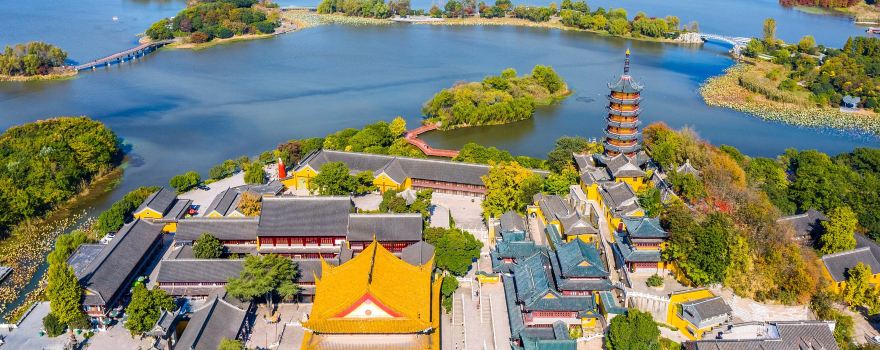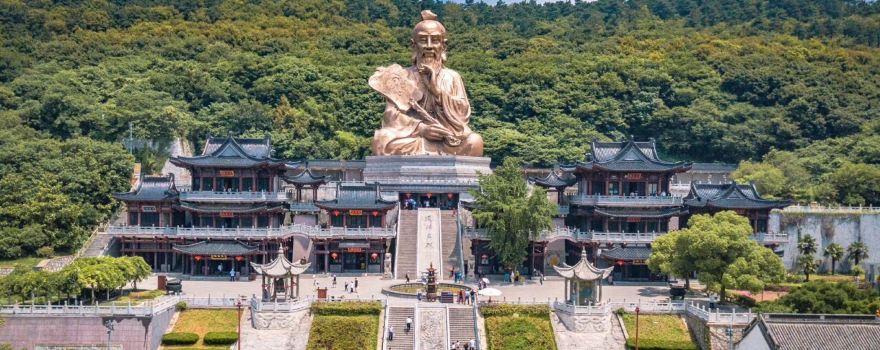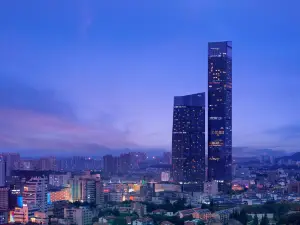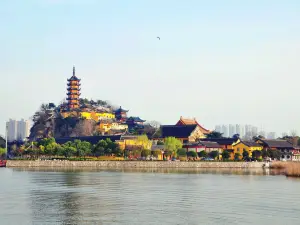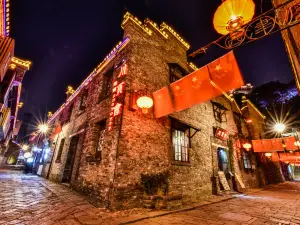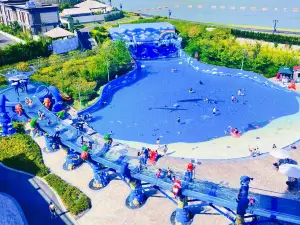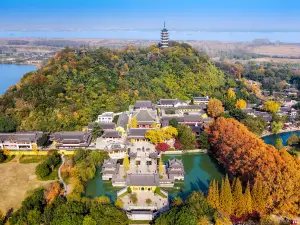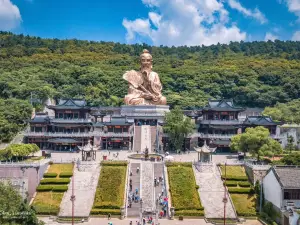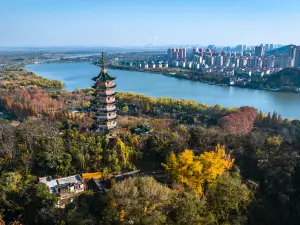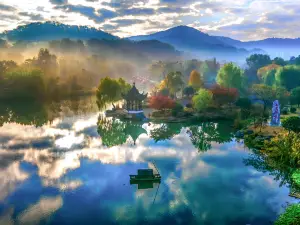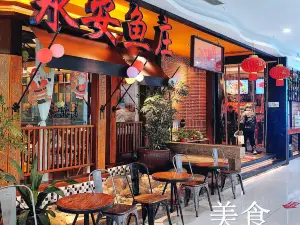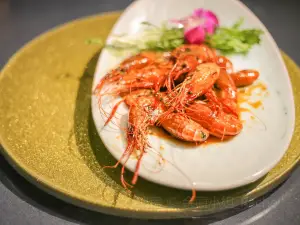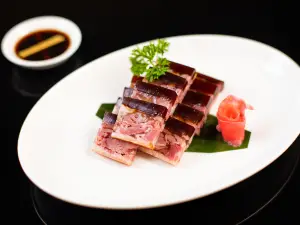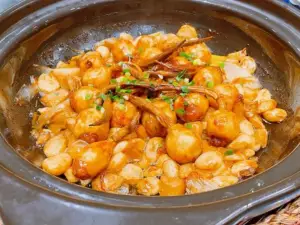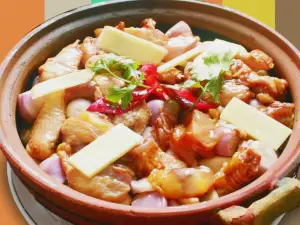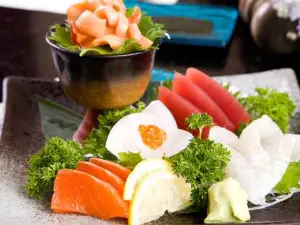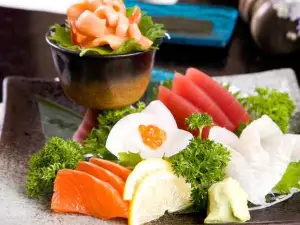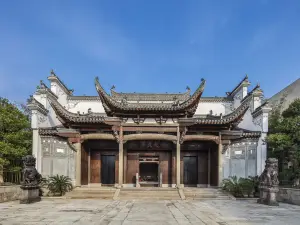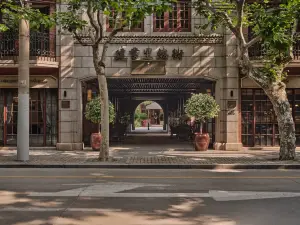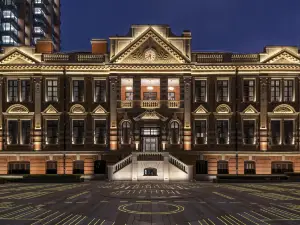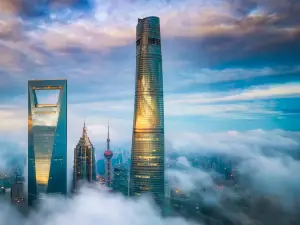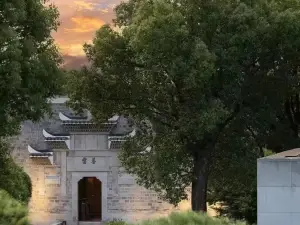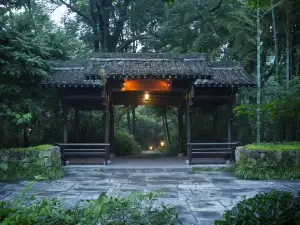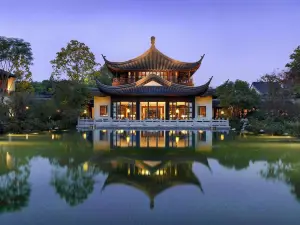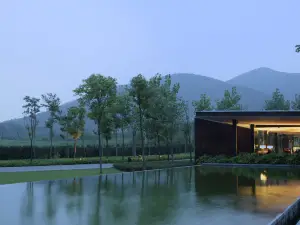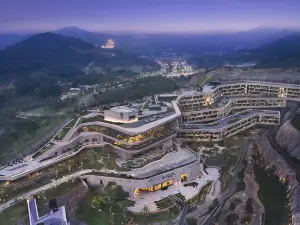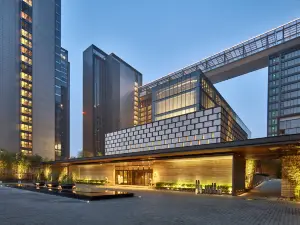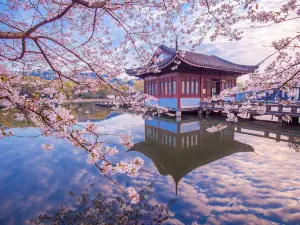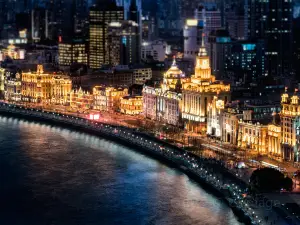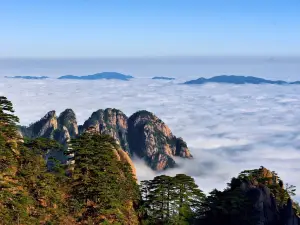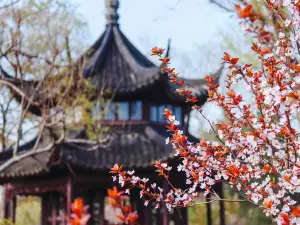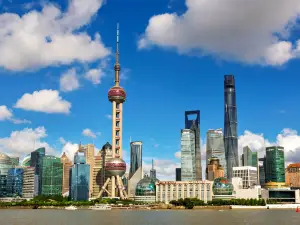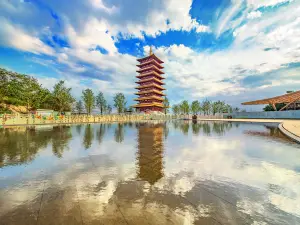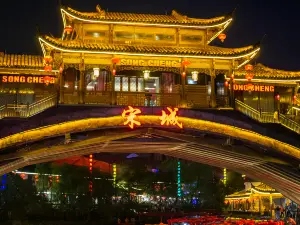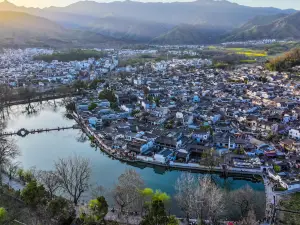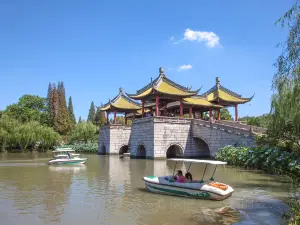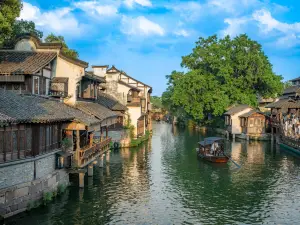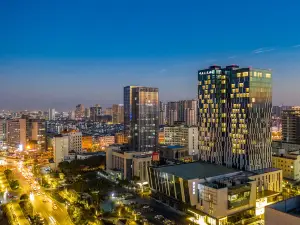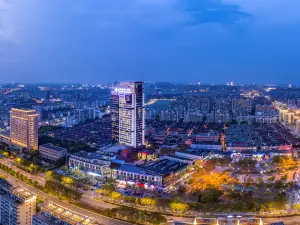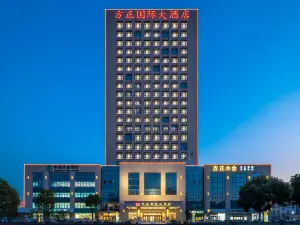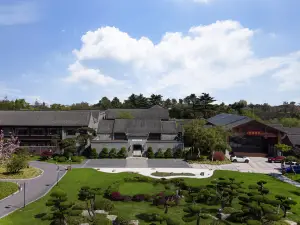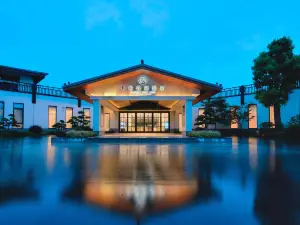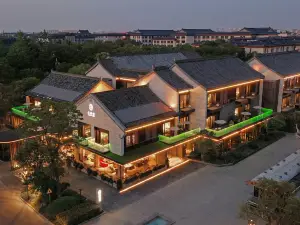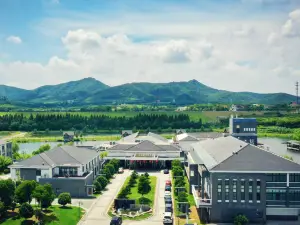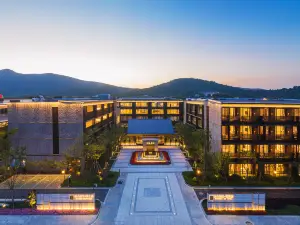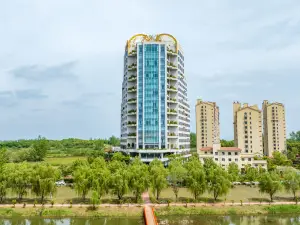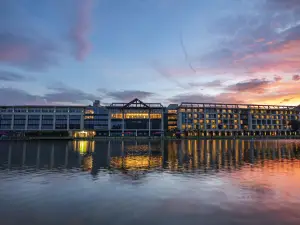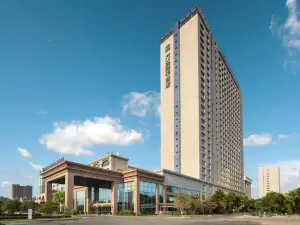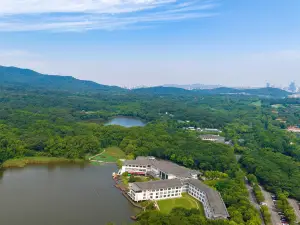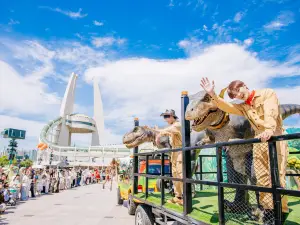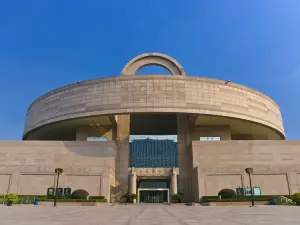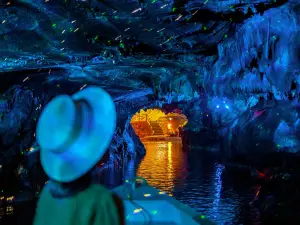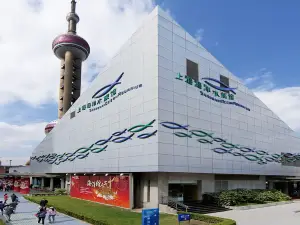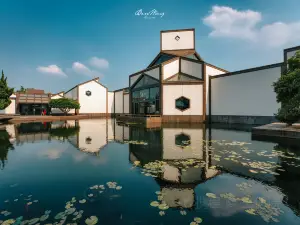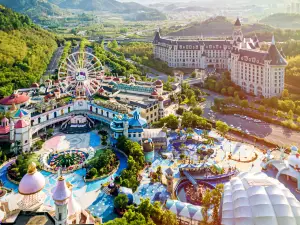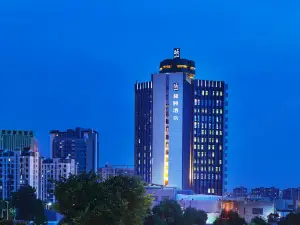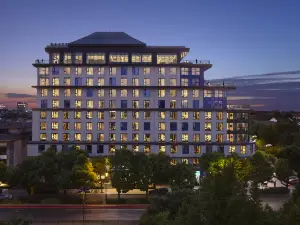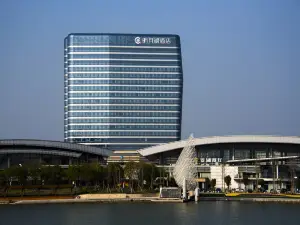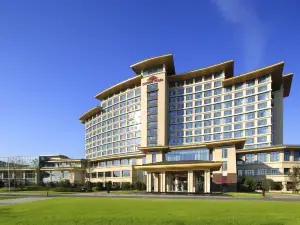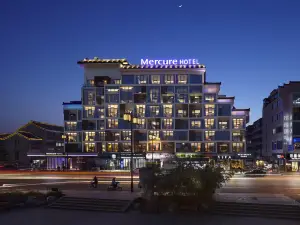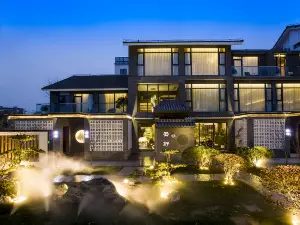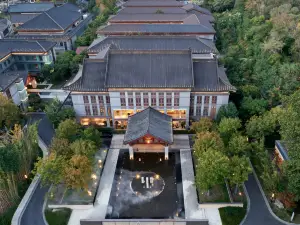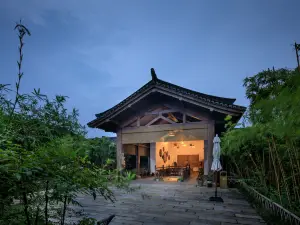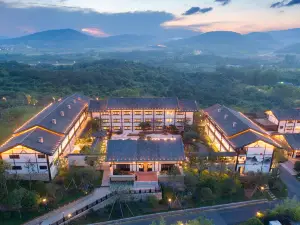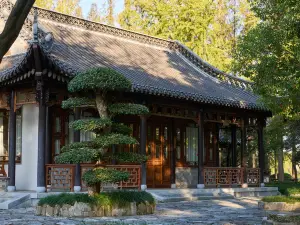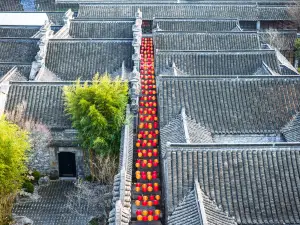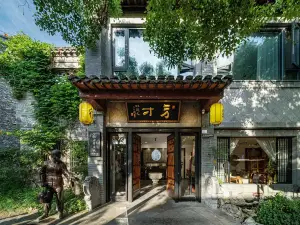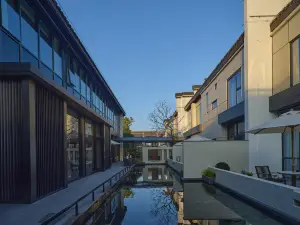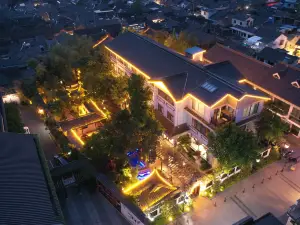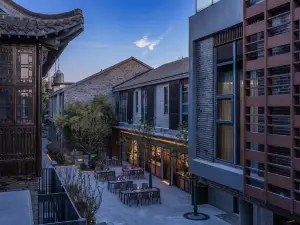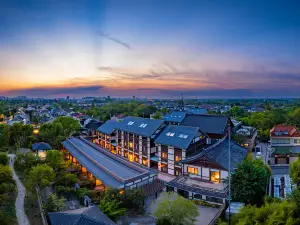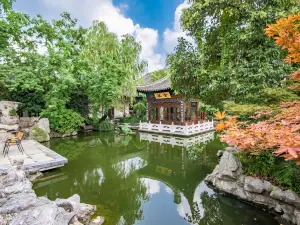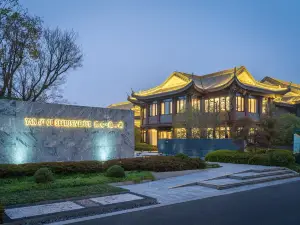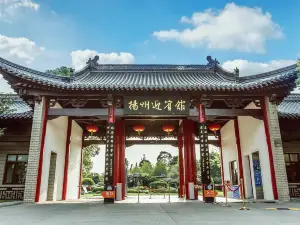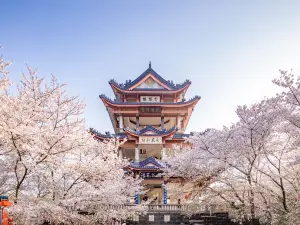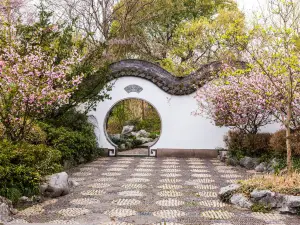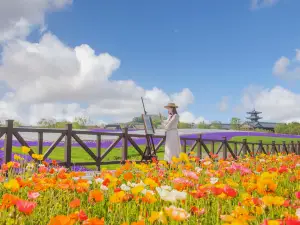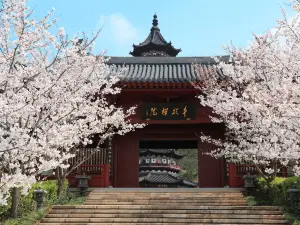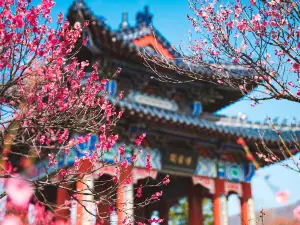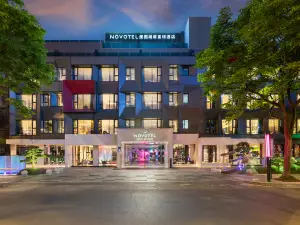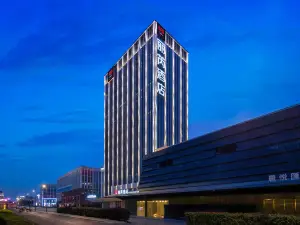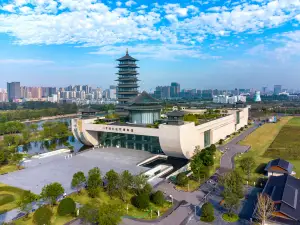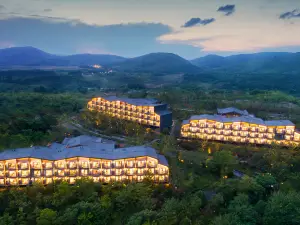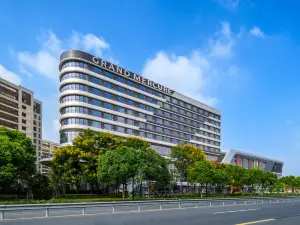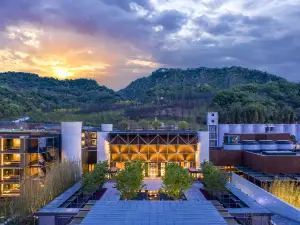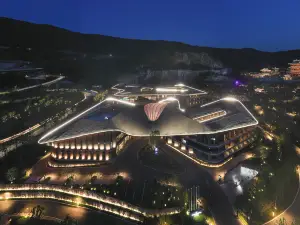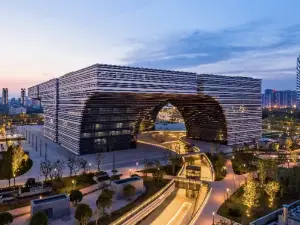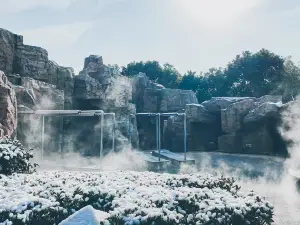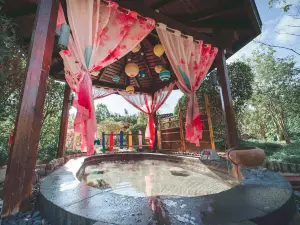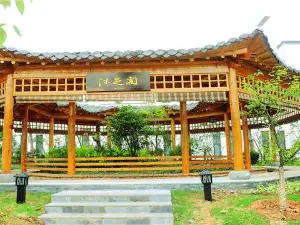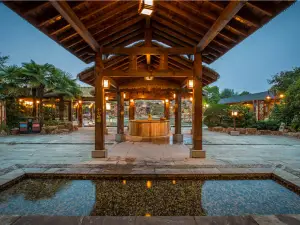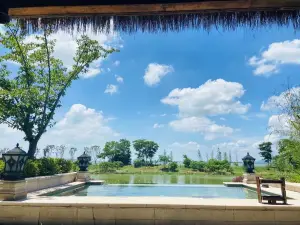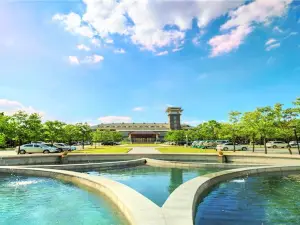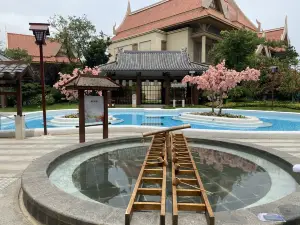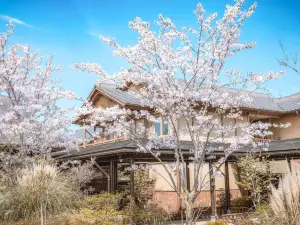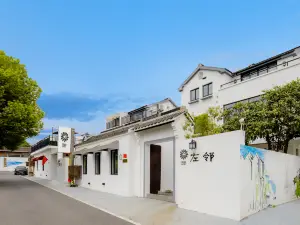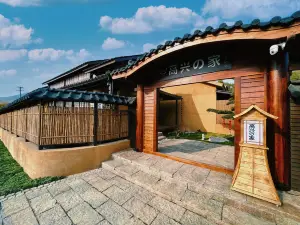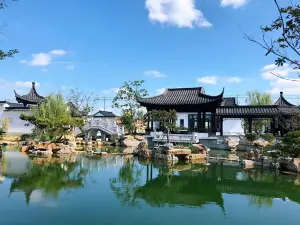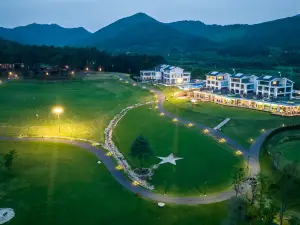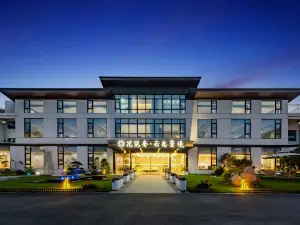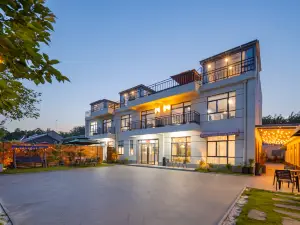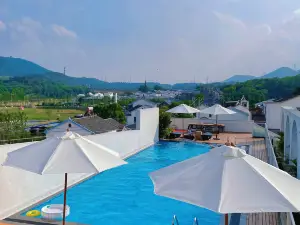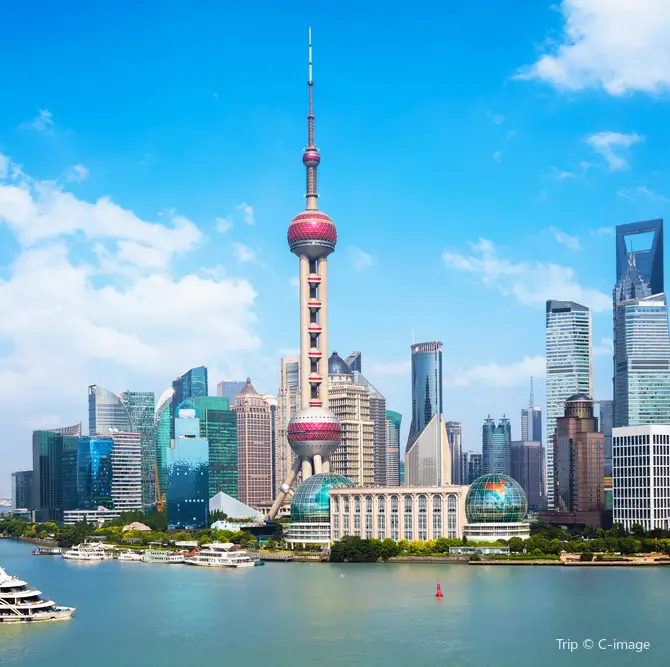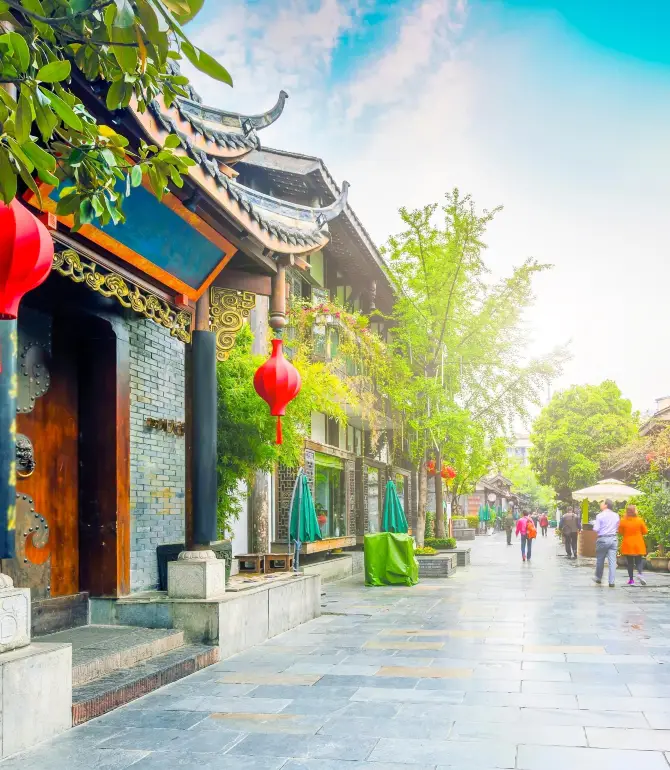Things to Do in Zhenjiang in 2025 - Top Attractions, Local Food, Hotels & Travel Tips (Updated April 2025) | Trip.com
About Zhenjiang
Recommended trip: 1–2 day(s)
Recommended trip: 1–2 day(s)Current Weather Conditions
Zhenjiang Local Experiences Map

Trending in Zhenjiang
Zhenjiang Local Travel Guide 2025
Zhenjiang Brief Guide
When talking about Zhenjiang, most people will naturally associate it with the legend of the Flooding of Jinshan Temple by the White Lady. It has its own unique cultural heritage. The old streets, full of charming historical architecture, make you feel like you are in an old movie. The aromatic vinegar of Zhenjiang is also a symbol of the city, and when paired with the local specialty crab dumplings, the taste is very sweet and fresh! Zhenjiang is so beautiful that it makes people green with envy that they cannot live here.
Zhenjiang Must-try Local Experiences
1. Stroll Through Xijin Ferry Site Historical and Cultural Blocks Walk along Zhenjiang’s Xijin Ferry Site Historical and Cultural Blocks, where you can wander through well-preserved Ming and Qing dynasty buildings and imagine the bustling trade scene of the past. It’s a great place for photography, with historical landmarks like the Zhenjiang Museum and Zhaoguan Stone Pagoda along the way, giving you a deeper look into the city’s rich history. 2. Explore Jinshan Temple Climb up to Jinshan Temple, where you can hear the legendary love story of Madame White Snake Bai Suzhen and Xu Xian. The temple’s beautiful surroundings make it a perfect spot for photos. 3. Discover the Ancient Sites and Natural Scenery of Jiaoshan Take a boat to Jiaoshan to explore the Wanfo Pagoda, ancient temples, and Steles, all while enjoying the mountain’s scenic views. As one of Zhenjiang’s four famous mountains, Jiaoshan offers lovely trails for hiking and photography. 4. Visit Beigushan Hill Scenic Spot Beigushan Hill Scenic Spot is another of Zhenjiang’s famous mountains, where you can see historical sites from the Three Kingdoms era, such as Ganlu Temple. At the top, you’ll find a viewing platform that offers sweeping views of the Yangtze River and the Zhenjiang skyline, especially stunning at sunset. 5. Learn About the History of Zhenjiang Vinegar Visit the China Vinegar Culture Museum, where you can explore exhibits on the history of vinegar-making at the Hengshun Factory, including vinegar workshops and sauce gardens, to understand the evolution of China’s vinegar culture. 6. Enjoy a Yangju Opera Performance Spend an evening at a local theater to watch a Yangju opera performance. This regional opera combines singing, storytelling, and dance, captivating audiences with its unique melodies and vivid stories. 7. Taste Zhenjiang Cuisine Be sure to try Zhenjiang cuisine, pot-cover noodles, Crystal pork, and Crab roe soup dumplings. These tasty dishes each have fascinating cultural stories behind them, waiting to be discovered. 8. Capture the Sunrise Over Jinshan Lake Scenic Area Jinshan Lake Scenic Area is a perfect spot to capture the sunrise. In the early morning, the calm lake mirrors the silhouette of Jinshan Temple, creating a picturesque scene.
Zhenjiang Must-see Attractions
Zhenjiang is a city rich in historical and cultural landmarks, featuring significant sites like Jinshan Scenic Spot with its acclaimed Jinshan Temple, the serene Mount Beigu, the historically pivotal Xijin Ferry Site historical and cultural blocks, Maoshan's Taoist heritage, and Jiaoshan's ancient Stele Forest and Dinghui Temple, each offering unique insights into China's profound historical layers and natural beauty.
Zhenjiang Food Guide
Zhenjiang cuisine is renowned for its distinctive tastes and rich cultural depth. From traditional white-sauce Longsnout catfish to the ubiquitous pot-cover noodles, the celebrated crystal pork, and the venerable crab roe soup dumplings, each dish embodies the quintessential flavors of Zhenjiang's culinary heritage.
Zhenjiang Transportation
Zhenjiang's transportation network is well-connected, primarily through its railway stations and long-distance bus stations, which serve as the main intercity travel hubs. Zhenjiang Railway Station is a key junction on the Shanghai-Nanjing High-Speed Railway Line, linking Zhenjiang with major cities across China. Located at No.73 Zhongshanxi Road, Runzhou District, it has 5 platforms and 11 tracks, serving both high-speed and ordinary trains. To reach the city from Zhenjiang Railway Station, passengers can use taxis or buses, with bus lines 82 and 19 mentioned as options. Zhenjiang South Railway Station, another significant hub, is situated on North Zhanqian Road, Dantu District, about 10 kilometers from the city center. It accommodates high-speed trains to Beijing, Shanghai, and other cities. For transit to the city, City Bus 53 connects Zhenjiang South Railway Station to Zhenjiang Railway Station, and taxis are also available. The Zhenjiang Passenger Transportation Center is the most important bus station in Zhenjiang, located at No. 18, Huangshan Xi Road. It offers buses to Shanghai, Nanjing, and other destinations, with departures throughout the day. To reach the city from this station, passengers can take local buses or taxis.
Zhenjiang Where to Stay
Zhenjiang is a historic city in Jiangsu Province, China, known for its well-preserved cultural sites and beautiful scenic areas. The city's accommodations are primarily concentrated in areas close to the main tourist attractions in Zhenjiang, making it convenient for visitors to explore the rich history and natural beauty of this region. Key regions for travelers include the Xijin Ferry Site historical and cultural blocks, Jurong Maoshan Scenic Area, and the area surrounding Jiangsu University, each offering unique features and easy access to the city's attractions.
Zhenjiang Best Time To Visit
The best time to visit Zhenjiang is during the spring (April to May) and autumn (September to October) when the weather is mild and pleasant. These seasons offer comfortable temperatures and the city's most vibrant festivals and activities. In spring, you can witness the cherry blossoms in Baotashan Park and participate in the popular temple fair. Autumn brings the Osmanthus Flower Festival at Jiaoshan, where you can indulge in the local food festival. Additionally, the Temple Fair of Maoshan in spring and the Osmanthus Flower Festival of Jiaoshan in autumn provide unique cultural experiences with local folk performances and the opportunity to taste regional delicacies.
Zhenjiang Useful Guide
Zhenjiang, a city with a rich historical tapestry, is predominantly Mandarin-speaking. While Mandarin serves as the official language, the region may also have its own local dialects, characteristic of the linguistic diversity in China. Visitors can navigate language barriers using translation apps or local interpretation services. For effective communication, travelers are encouraged to use universal methods such as maps, gestures, and facial expressions.
Trip.Best: Zhenjiang
Things to do in Zhenjiang
What to Do
Where to Stay
What to Eat
Yong'anyuzhuang (changfaguangchang)
XIANG YUE
Xinxianghui (changfaguangchang)
Qingshuiriben Cuisine Teppanyaki (xuefulu)
镇江康华汇利喜来登酒店·采悦轩中餐厅(北府路店)
Zhenjiang Moments: Through Travelers' Eyes

Zhenjiang Hyatt Hotel is worth a try.

I Thought Suzhou Was Beautiful Until I Visited Zhenjiang

I thought Suzhou was already beautiful, until I went to Zhenjiang

The hillside is ablaze with the beauty of blooming peach blossoms

This year, I visited the most underrated city, and I'm afraid it will become too popular

Zhenjiang's only Marriott hotel, and it didn't disappoint.

Finally, my favorite travel destination has appeared!

Maoshan in Jurong is the birthplace of the Shangqing School of Taoism
Best of Zhenjiang
Site Operator: Trip.com Travel Singapore Pte. Ltd.
